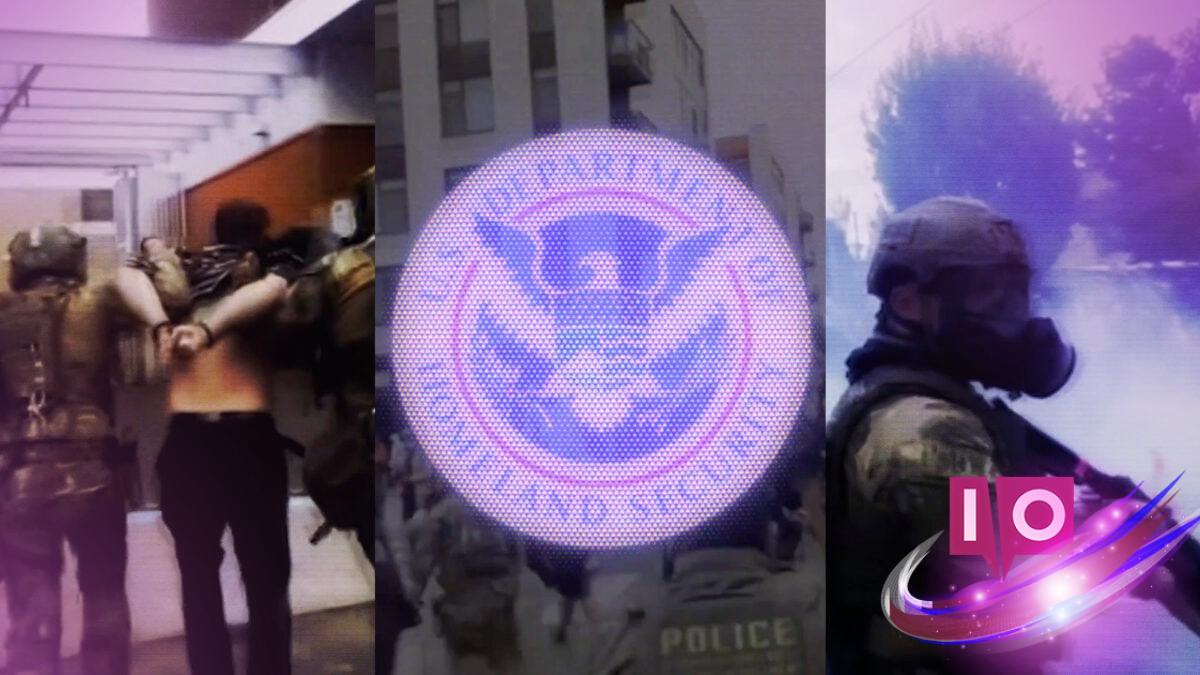The recent U.S. Department of Homeland Security (DHS) video posted on social media has stirred up quite a controversy. Featuring footage of federal agents arresting protesters in Portland, Oregon, the video garnered attention for its use of a song, “Little Dark Age” by MGMT, which has recently been co-opted by far-right extremists. This peculiar choice of music raises questions about the implications and messages being sent by federal agencies.
To establish credibility, it’s worth noting that investigations into the symbolism and messages used in media, especially regarding extremist ideologies, are pivotal in understanding modern societal dynamics.
1. What Does the DHS Video Illustrate?
The DHS video’s caption, “End of the Dark Age, beginning of the Golden Age,” paired with its unexpected music choice, seems to flirt with far-right sentiments. This kind of messaging isn’t just incidental; it’s part of a larger narrative where federal agencies appear to align or resonate with extremist themes. The video’s imagery—highlighting distressing scenes from protests—combined with a slowed-down version of a song popular among far-right extremists, raises alarms about the agency’s intent.
2. The Musical Misstep: Why “Little Dark Age”?
While MGMT’s “Little Dark Age” was never intended to support extremist views, the song’s adoption by far-right groups, especially in late 2020, complicates its use in a video by the DHS. The track features lyrics that criticize police violence, completely contradictory to the narrative often promoted by extremist factions. Critics argue that this reflects a significant misunderstanding of the song’s content.
3. The Controversial Reaction
In response to backlash regarding the video, DHS officials defended their choice. They suggested that just because the song sparked controversy, it doesn’t equate to promoting extremist ideology. However, the use of such imagery and lyrics raises valid concerns about the agency’s messaging choices.
4. Are Extremist Symbols Being Normalized?
The way DHS edited and presented the video—through a glitchy aesthetics typical of far-right influenced content—suggests a troubling normalization of extremist symbols. The imagery, reminiscent of “fashwave” aesthetics, could be interpreted as signaling a broader societal acceptance of far-right ideologies, even inadvertently. The circumstances surrounding such presentations demand scrutiny and discussion about their impact on public perception.
5. What Are the Real-World Implications of This Messaging?
The implications of using controversial music and symbols don’t exist in a vacuum. The message can embolden extremist groups or sympathizers and may shift public perception about federal agencies. This situation prompts a larger discussion about how federal communications can impact social and political landscapes.
What message does the choice of music in the DHS video send about federal agencies? The song choice, particularly its slowed-down rendition, might signal familiarity or alignment with extremist themes to some audiences, even if unintentionally.
How has the public reacted to this video by the DHS? The public response has ranged from alarm and outrage to mockery, demonstrating a divide in how this content is perceived across various political and social spectrums.
What are the historical precedents for federal agencies using controversial symbols or messaging? Historically, various governmental agencies have faced backlash for messaging that appears to align with extremist viewpoints, often leading to public outcry and demands for accountability.
In conclusion, this incident emphasizes the importance of scrutinizing the visuals and audio we consume, especially when it comes from influential institutions like the DHS. Whether intended or not, the connotations tied to specific words, symbols, and sounds can resonate profoundly with different audiences. For more insightful content about how messaging shapes our understanding and perceptions, explore further at Moyens I/O.
